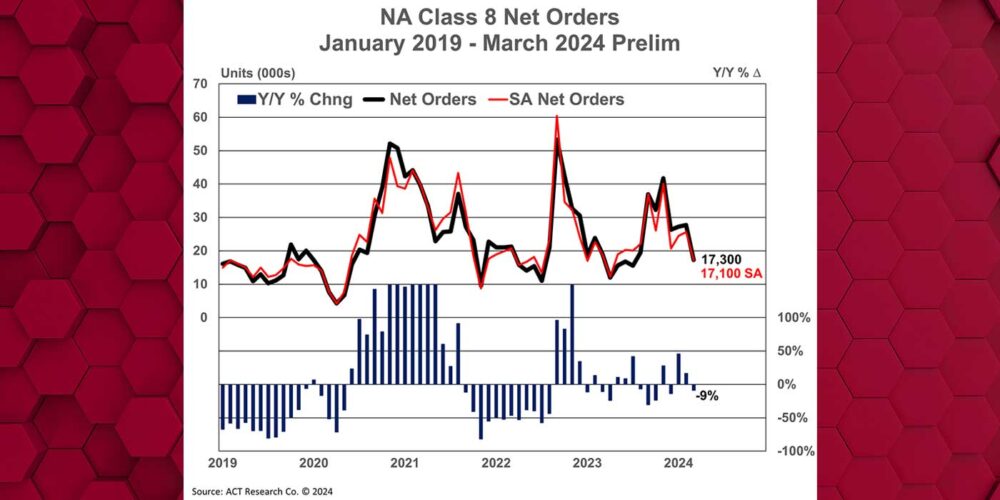The 94 tests were conducted in the fall of 2014 on 14 different vehicles from four manufacturers. The tests confirmed the findings of the SAE paper, the PIT Group notes, including that ECM data precision and accuracy vary between engine manufacturers, and among engine models and model years from the same manufacturer. Additionally, ECM data precision and accuracy vary from test to test.
“ECM accuracy and precision are more reliable when averaging over longer periods or with a larger number of tests or trips,” the PIT Group states. “Therefore, it is risky to use ECM fuel data alone for evaluating the impact of a technology or practice. ECM data should always be complemented by other information, such as fleet fuel records.”
Internal assessments
At Ryder, the evaluation of fuel saving technologies takes place regularly to verify data from manufacturers and to monitor performance, Perry relates. “We have long term tests under way that can last three or four years and others that take place in a shorter period of time at test tracks or on the road,” he explains. “It is also always easier when a supplier has done their own SAE testing because that type of evaluation gives us a higher degree of confidence.”
Penske also conducts evaluations of new technologies to validate their fuel saving potential.
“We are in constant communication with manufacturers about new technologies,” Penske’s Rosa says. “We learn about their latest offerings, and in some cases after an evaluation period, we offer it to our customers. With new greenhouse gas regulations coming into effect in the future, there are a variety of ways that OEMs can focus on their fuel-saving efforts.”
“The long term road map from EPA and NHTSA will be the focus of a lot of resources,” says Ryder’s Perry, referring to recently announced National Highway Traffic Safety Administration (NHTSA) and the Environmental Protection Agency regulations designed to reduce the level of greenhouse gas emissions and to mandate fuel economy improvements in medium- and heavy-duty trucks. “There is a wide portfolio of technologies where we see a lot of potential for fuel savings in real operating environments, and for all types of operations and applications.”















